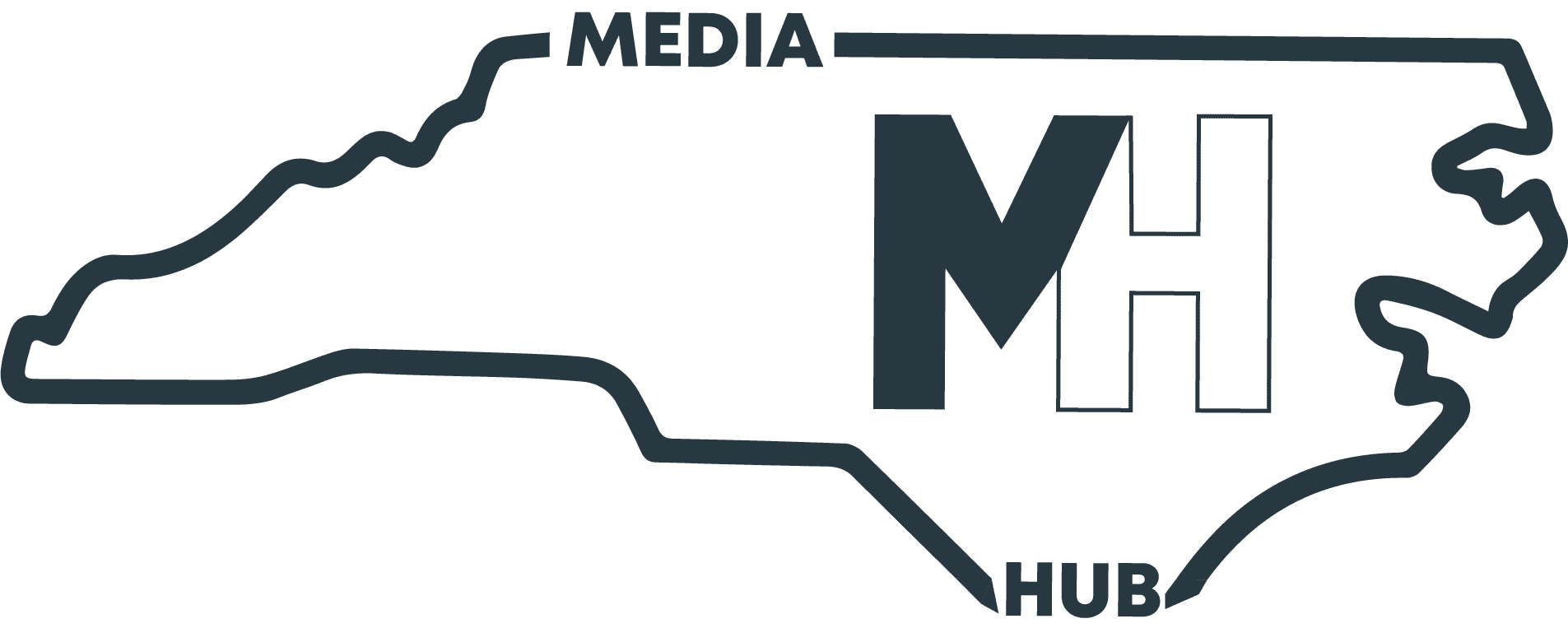Story by Jessica Snouwaert
Video by Chip Sweeney
Photos by Will Melfi
HUQOQ, Israel – Robert Rhinehart brushes layers of dark earth into a dustpan.
“Tada!” he chirps as specks of red and blue tiles begin to peek through the dirt.
The tiles that lie beneath him are part of a mosaic floor that is more than 1,600 years old.

Rhinehart, 20, of Asheville, N.C., is a classics and religious studies major with a concentration in archaeology at the University of North Carolina at Chapel Hill.
He joined the dig site in Huqoq in May 2018, where archaeologist Jodi Magness and her team excavate an ancient synagogue.
The project began in 2011, and continues to reveal mosaic depictions of biblical stories unlike any seen before.
During his freshman year, Rhinehart planned to knock out a general education credit by taking an archaeology course, but then he quickly realized he loved the subject.
“I knew I wanted to do something history related, something that had to do with classics,” Rhinehart said. “So it was a perfect fit for me.”
Brad Erickson, the course instructor and 3D imaging specialist on the Huqoq dig, encouraged Rhinehart to attend the dig that summer.
“It’s nice to get to know students better and the students feel more comfortable asking questions, whether it be about possible careers in the future or places to go see in Israel,” Erickson said. “There’s just a lot more camaraderie then can be fostered in a classroom setting.”
When Rhinehart started his first year at Huqoq, much of his work entailed intense labor — slinging pickaxes, hauling rocks and digging trenches.

Rhinehart worked with another student, Chloe Scattergood. Together they excavated a deep pit on the dig site. In the early hours of morning, the two would descend ladders into a pitch black hole.
“We were sweaty and gross, but it was so much fun,” Rhinehart said.
Rhinehart and Scattergood both attend UNC-CH, but it took a trip half-way around the world for them to meet.
“I guess it was a good bonding experience for me and Robert being trapped in a very small, dark, hot space for a number of hours,” Scattergood said, laughing. “I love working with Robert. Everybody loves working with him.”
Despite the physical exertion and working in the pit, Rhinehart was adamant about returning to Huqoq for a second year.
“Honestly this excavation is the first time that I felt like I’ve been a part of something larger than myself,” Rhinehart said.
Towards the end of his first year and into his second year on the dig, Rhinehart started working with the mosaic excavation process.

The mosaic excavation and preservation is a drastic change of pace requiring patience and attention to detail.
Rhinehart learned how to use small hand tools to loosen dirt and clean around the mosaic tiles. And how to seal the edges of the mosaics by patting a white mortar-like clay on with a sponge.
“The repetitive nature of it is therapeutic, but also knowing that you’re working towards unveiling some image that we have no clue what could be underneath,” Rhinehart said.
For Rhinehart, working with the mosaics incorporates his historical, archaeological and artistic interests into one job.
“That was a really special and unique opportunity to be able to work directly with the mosaics,” Rhinehart said. “It definitely showed me that this is something that I could see myself doing for the rest of my life.”
Rhinehart aspires to work with ancient artifacts in the future either as a museum curator or mosaic specialists on a future excavation.
